How to remove super glue from plastic, metal, glass, wood or fabric
Super glue is quite possibly one of the most versatile household products in the modern day. This fast-bonding product can be used to fix numerous things, including plastic, metal, wood, glass, and numerous other materials. However, for all its versatility, it can also be quite a pain when it sticks to surfaces one never intended. In such a scenario, figuring out how to remove super glue from different surfaces becomes essential.

Once super glue has dried, it becomes considerably resistant to moisture and temperature, making its removal all the more complicated.
How to remove super glue from different surfaces
Here is a look at some simple ways to get rid of superglue from glass, wood, plastic, metal, and fabric.
How to remove super glue from plastic
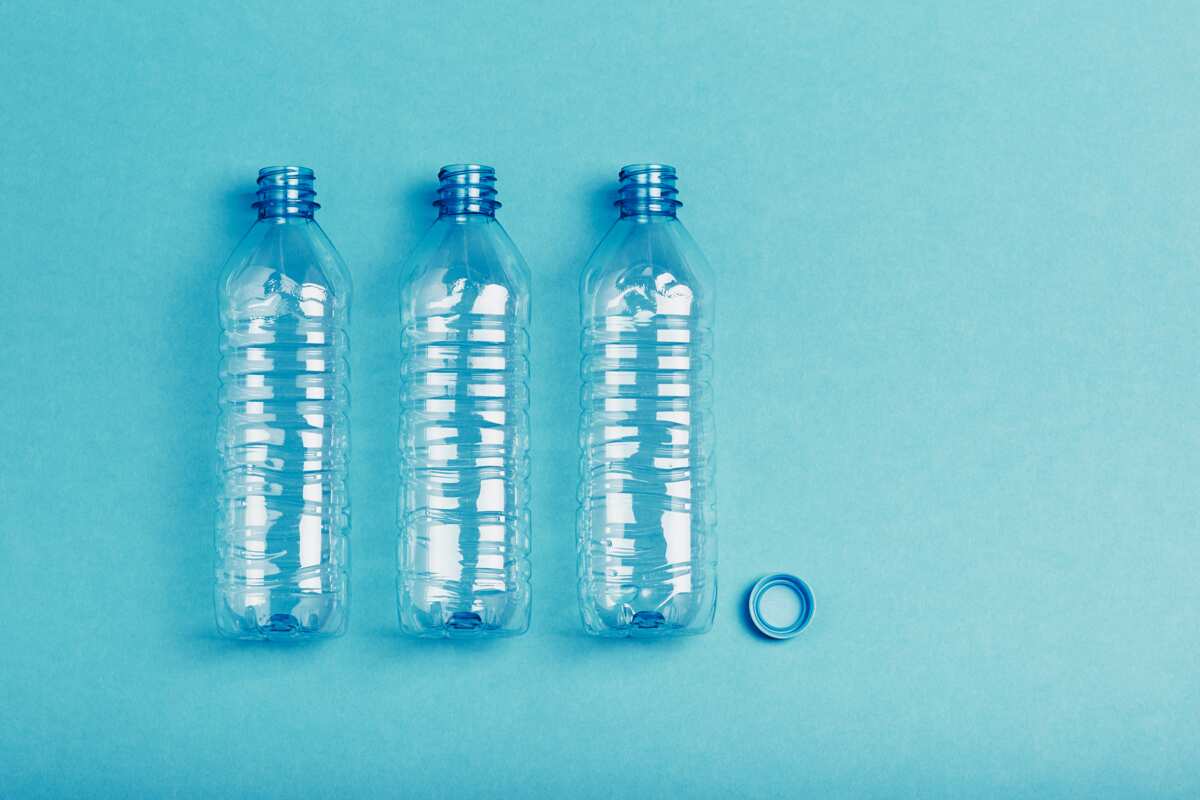
Here are some products and tools one can use to remove super glue from plastic surfaces.
Acetone
You can hardly come across a super glue removal tutorial that does not mention acetone. This colourless solvent works wonders at lifting super glue residue from plastic surfaces. To use acetone, moisten the affected surface using a damp cloth, then dab it with a cotton ball dipped in acetone.

Read also
How to clean a mousepad at home properly without ruining it
Soapy water
Mix some dishwashing soap with warm water to make a soapy solution. Dip a clean piece of cloth into the solution, wring it thoroughly and then place it on the super glue stain. Wrap the cloth in plastic and let it sit on the stain for about three hours, after which you can remove and clean the surface with more soapy water.
Rubbing alcohol
Also known as isopropyl, rubbing alcohol is known to break down dried superglue over time. Soak a soft cloth in warm water and place it on the stained surface for thirty minutes. Next, wet a cotton ball with isopropyl and gently clean the stained area until the superglue lifts off.
Razor blade
If you are looking for a more hands-on approach to superglue removal, you can always scrape off the stain from the plastic surface. To do this, use the edge of a razor blade to raise the glue stain's edges gently. Chip away at the stain gradually until it is all gone.
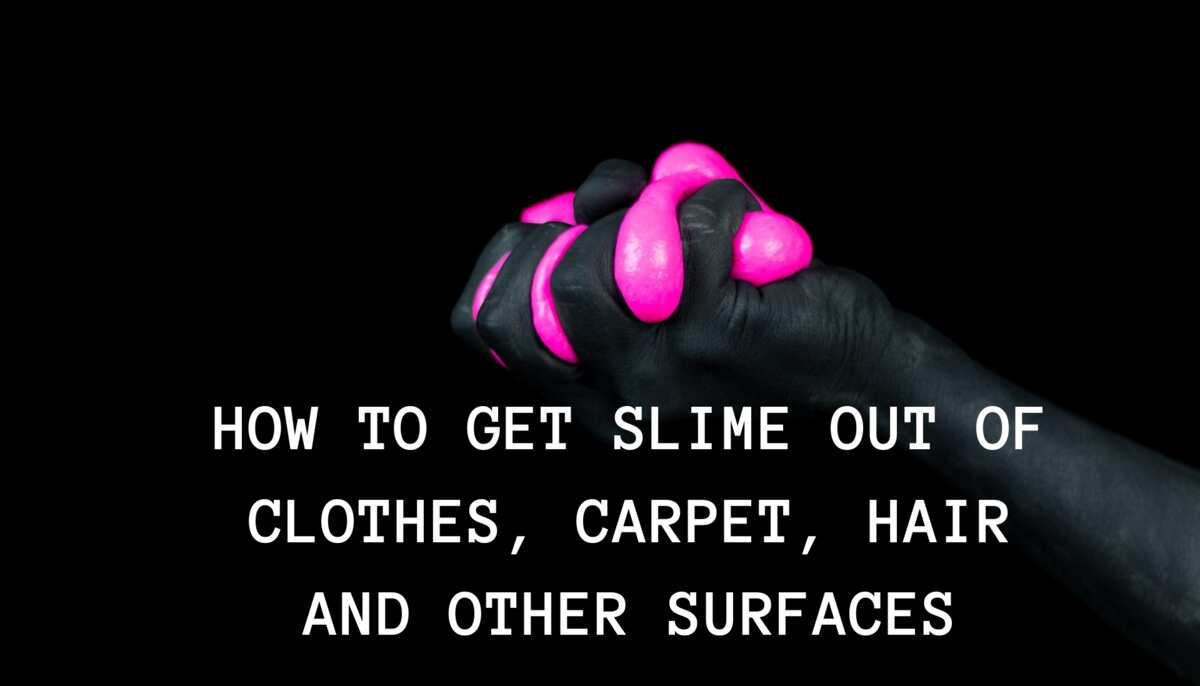
Read also
How to get slime out of clothes, carpet, hair and other surfaces: Top methods
Sandpaper
Sandpaper is another versatile, easily available product you can use to get rid of super glue stains. When using sandpaper, take care not to scratch the plastic surface beneath the dried super glue stain. Slide the sandpaper atop the stain gently until none is left.
Vegetable oil and baking soda
Mix equal parts of oil and baking soda and pour the resulting mixture onto the stained area. Allow the paste to sit for 15 minutes before scrubbing the spot gently. Do this until all the glue residue is gone. For stubborn stains, feel free to repeat the process several times.
How to remove super glue from metal

Due to its fast-bonding nature, super glue can easily stick onto metallic surfaces. Here are products you can use to get rid of super glue stains on metallic surfaces.
Acetone
Metallic surfaces are quite tolerant to acetone. If you do not have pure acetone at your disposal, feel free to use nail polish remover – most brands have acetone as one of the ingredients. Soak a piece of cloth or cotton ball in acetone and dab it gently on the stain until the glue dissolves.
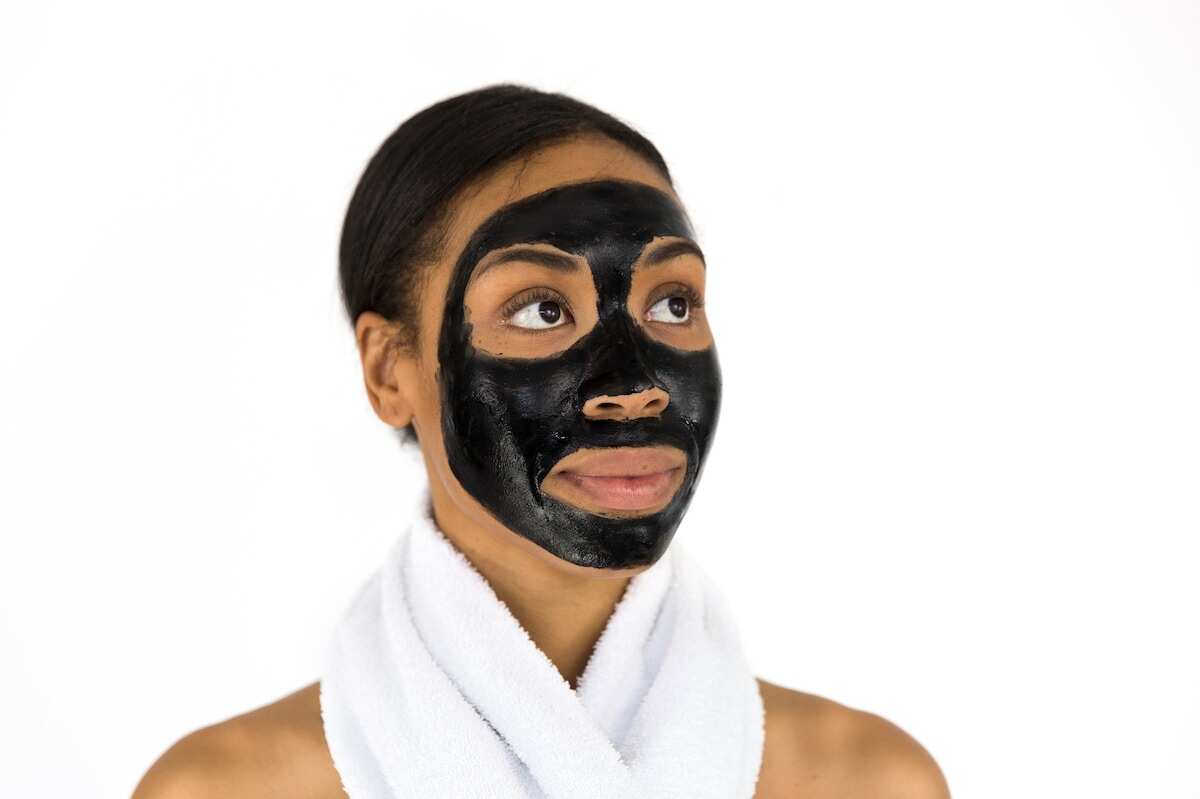
Read also
Activated carbon face mask: a step-by-step recipe
Plastic spatula
If the super glue stain is on a flat metallic surface, you can try scraping it off using a plastic spatula. When doing this, take care not to scratch the metal surface beneath the stain. For stubborn stains, try softening the glue using a cleaning solution before scraping it off.
Hydrogen peroxide
Soak a cotton ball in hydrogen peroxide and press it against the affected area. The superglue stain will gradually soften and can then be wiped away easily.
How to remove super glue from glass

Here are some products that can be used to remove super glue stains from glass surfaces.
Nail polish remover
It is worth noting that nail polish remover is only safe for use on pure glass. Surfaces made of polycarbonate or other materials resembling glass can be easily damaged by the acetone found in nail polish remover.
Soak a cotton swap in polish remover and then rub the affected surface gently until all the adhesive residue is gone. Keep in mind that the process might take a while, so patience is key.

Read also
Top tips on how to make slime without glue or borax
Isopropyl
Rubbing alcohol can be used to remove super glue from glass surfaces. Before using it, ensure the glass does not have additional coatings susceptible to damage from the use of rubbing alcohol. Saturate a cotton ball with isopropyl and rub the stained area until the glue comes off.
Essential oils
Tea tree oil, coconut oil, and eucalyptus oil are all quite effective at lifting off super glue residue. Before using any of the oils, though, test them on a small surface to ensure there will be no resultant damage on the glass surface. Apply a few drops onto the affected surface and rub gently using a piece of cloth.
Once the oil saturates the hardened glue, the stain comes off gradually.
How to remove super glue from fabric
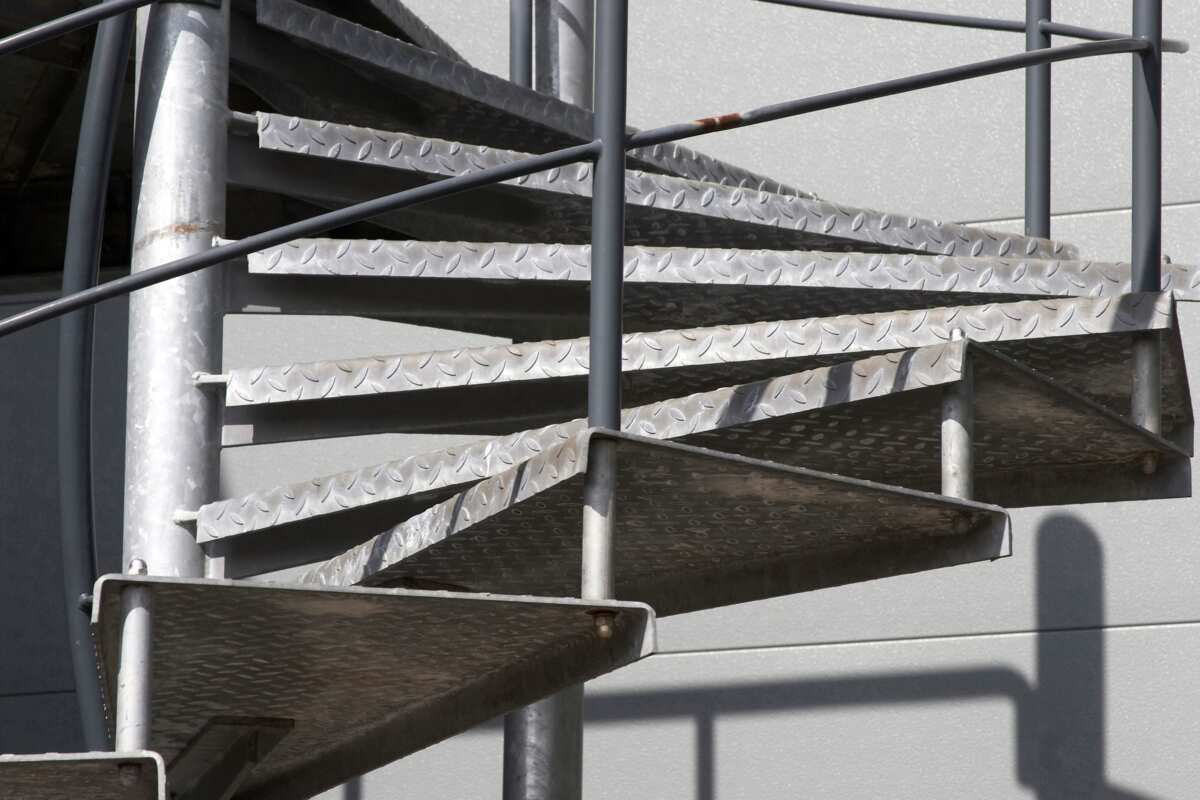
When working with superglue, it is quite easy to get some on your clothes accidentally. Here is a look at the steps you can take to remove super glue residue from fabric using acetone.

Read also
Best tips on how to clean headlights yourself
- Let the super glue dry completely before trying to get it off the fabric. While this may sound counterintuitive, it is worth noting that wet glue spreads quite easily.
- Pour a little cold water on the stained area to speed up the glue drying process.
- Apply acetone onto a cotton swab or piece of cloth and dab an inconspicuous part of the fabric. Doing this will help you gauge whether the acetone will damage the fabric.
- Press the acetone-soaked cotton ball onto the stained area once you have ascertained that you can use acetone without any damage. The solvent will break the bond between the superglue and the fabric.
- Keep dabbing until the residue softens.
- Use a stain remover, and then wash the fabric in warm water.
How to remove super glue from wood

Here is a brief guide on how to remove super glue from floors made of wood and other wooden surfaces.
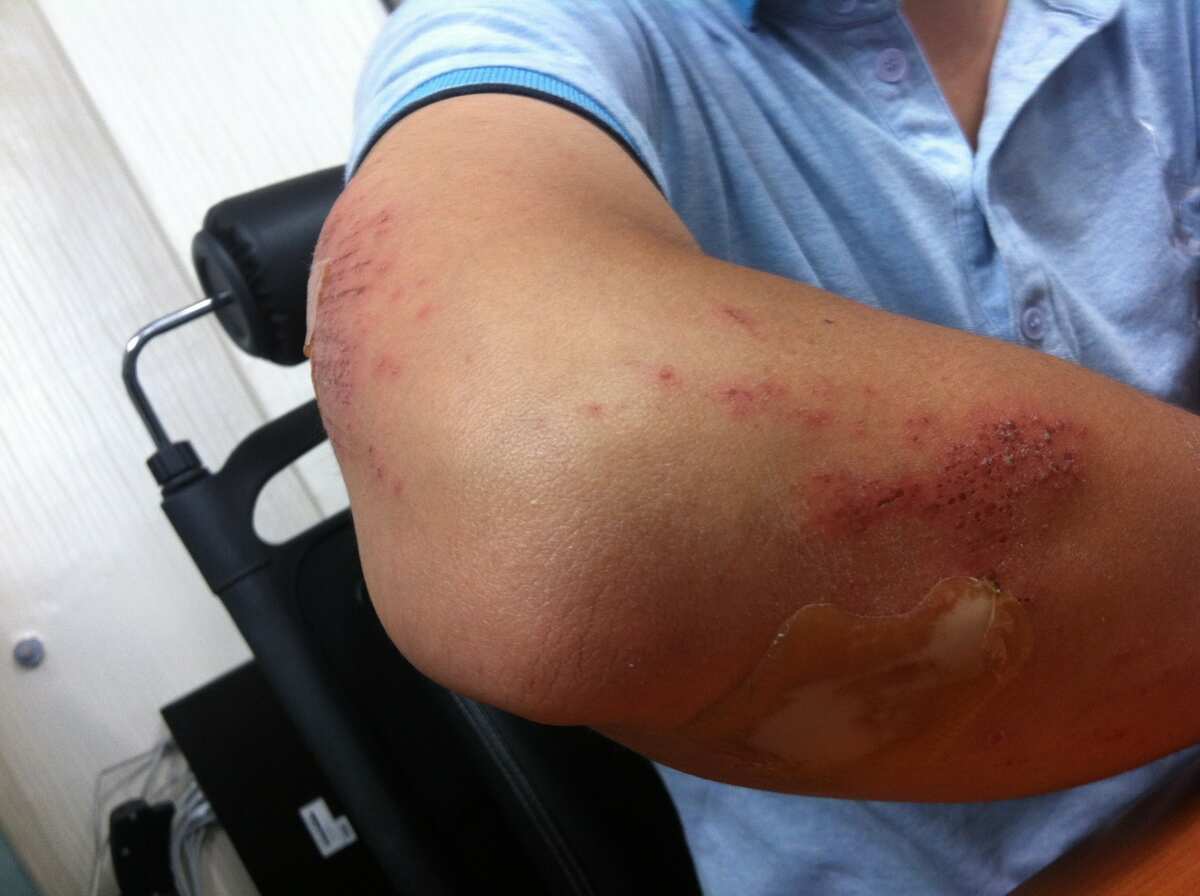
Read also
Five best ways on how to remove adhesive from skin
Using a spatula and wet cloth
- Soak a clean piece of cloth in hot water and place it over the stain. Doing this softens the stain, making it easier to scrape off.
- Make sure not to leave the wet cloth on the wooden surface for too long to avoid water damage.
- Once the residue has softened, remove the piece of cloth.
- Scrape off the residue gently using a spatula.
- Be careful not to damage the wood.
Acetone or nail polish remover
Acetone is quite effective at removing glue stains from wood. However, it can also discolour the varnish or paint layers on wood. Therefore, only use this solvent when the affected area is significantly small or inconspicuous.
Rub some acetone on a cloth and then rub the stained area gently
Cooking oil
Unlike acetone, cooking oil will not discolour wooden surfaces. Put some oil on a piece of cloth or cotton swab and rub the stained area vigorously. Rinse the area with a clean, wet cloth and then dry it completely.
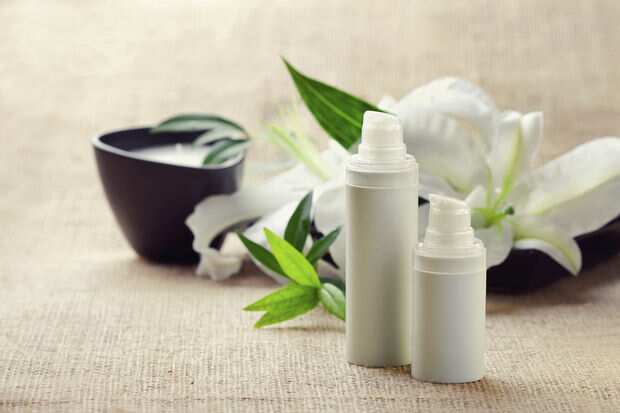
Read also
How to make shampoo and conditioner for sale
Can vinegar remove super glue?

Yes, vinegar is among the household products one can use to get rid of stains. If you are wary about using acetone and other chemicals, feel free to try vinegar as a glue removal product. However, do not use vinegar on wood, stone, and rubber. The acidity in vinegar can damage them.
How do you remove super glue without acetone?
Suppose you do not want to use acetone as a superglue removal product for whatever reason. In that case, you can always choose from baking soda, soapy water, vinegar, essential oils, sandpaper, and rubbing alcohol.
Figuring out how to remove super glue stains and residue from different surfaces can come in quite handy, especially if one regularly works with the adhesive. Luckily, numerous products and tools are effective in getting the glue stains off various materials.
READ ALSO: How to descale a kettle with vinegar, bicarbonate of soda or coke

Read also
How olive oil is made: step by step guide
Legit.ng recently explored the various methods one can use to remove limescale from a kettle. Typically, kettles get limescale buildups after some time. This happens as a result of the calcium carbonate deposits left after water evaporates.
When limescale deposits are not dealt with, they can easily interfere with the kettle's efficiency. While you can easily descale a kettle using commercial products, you could also opt for common household products such as vinegar and bicarbonate of soda.
Source: Legit.ng
ncG1vNJzZmivp6x7rbHGoqtnppdkfnV%2Fj3FwcWWYpMRuvsSmpq%2BdXajCsbHRZp6lrZViva2t0q2gnGWdmsGiuIygo5qro2LEsLvDZp2amqKesG%2B006aj